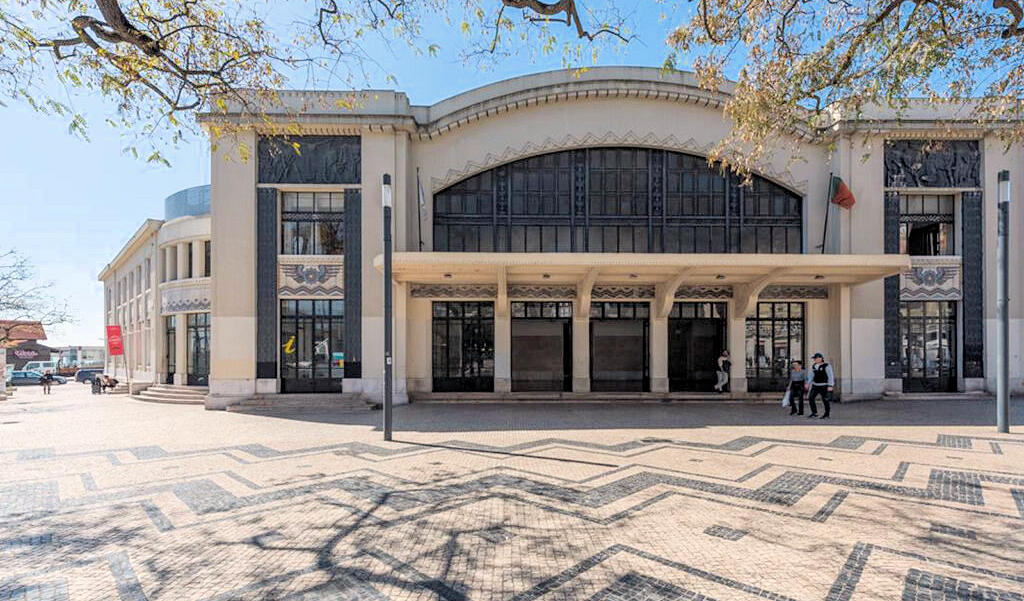Throughout its existence, the station in the Cais do Sodré neighborhood of Lisbon has witnessed significant events and undergone notable transformations. In 1960, a new roof was constructed over the platforms, but tragedy struck on the 28th of May, 1963, when the roof collapsed while trains were loading and unloading. This unfortunate incident claimed the lives of approximately 50 people and caused many injuries.
In subsequent years, efforts were made to enhance and modernize the station. In 1993, the Cais do Sodré metro station was opened, providing a convenient link between the railway station and the Lisbon Metro system. Architect Nuno Teotónio Pereira was tasked with the remodeling of the site in 1998, and his involvement continued in 2000 with the construction of a river terminal along the northern margin of the Tagus River.
The Cais do Sodré Railway Station boasts an architectural design that combines functionality with aesthetic appeal. It serves as an intermodal exchange, seamlessly connecting the Lisbon Metro, rail lines, and river terminal center. Situated at Duque de Terceira Square, the station is adjacent to the Lisbon Metro station, which acts as the terminus for the Metro's Green Line.
The station's main building features a distinctive "U" design, comprising three interconnected bodies. The central hall, covered by a steel and tiled roof, spans the rail lines parallel to the Tagus River and Avenida 24 de Julho. The rectangular main facade is divided into three sections, with the central section adorned by five expansive bodies on the first floor. These bodies are decorated with extensive rectangular flaps supported by corbels.
On the second floor, an ample surface is crowned by a depressed arch, adorned with small geometric elements in triangular forms. Striated bronze columns flank the panels, extending down to the bas-relief that adorns the second-floor span. A paltibanda with a cornice in a collapsed arch completes the facade, adding a touch of grandeur.
Lisbon.vip Recommends
Art Deco elements pervade the design of Cais do Sodré Railway Station, showcasing the influence of renowned architect Porfírio Pardal Monteiro. The station's meticulous craftsmanship and attention to detail are a testament to the era's architectural brilliance.
Recognizing the historical and architectural value of the Cais do Sodré Railway Station, efforts have been made to preserve and protect this cultural gem. In 1995, a proposal was made to classify the station by URBE, marking the beginning of its recognition as a significant heritage site. This led to its classification as a Monumento de Interesse Público (Monument of Public Interest) by the Conselho Nacional de Cultura (National Council of Culture) in 2011.
Today, the Cais do Sodré Railway Station stands as a living testament to Lisbon's vibrant past and serves as a vital transportation hub connecting locals and tourists alike. Its architectural grandeur, coupled with its historical significance, makes it a must-visit destination for those exploring the wonders of the city.
In conclusion, the Cais do Sodré Railway Station in Lisbon is not merely a transit point but a captivating architectural marvel with a captivating history. Its intermodal connections, art deco design, and cultural significance make it a cherished landmark in the city's landscape. As visitors step foot into this iconic station, they are transported to an era of elegance and intrigue, where the past seamlessly merges with the present.
Map View



